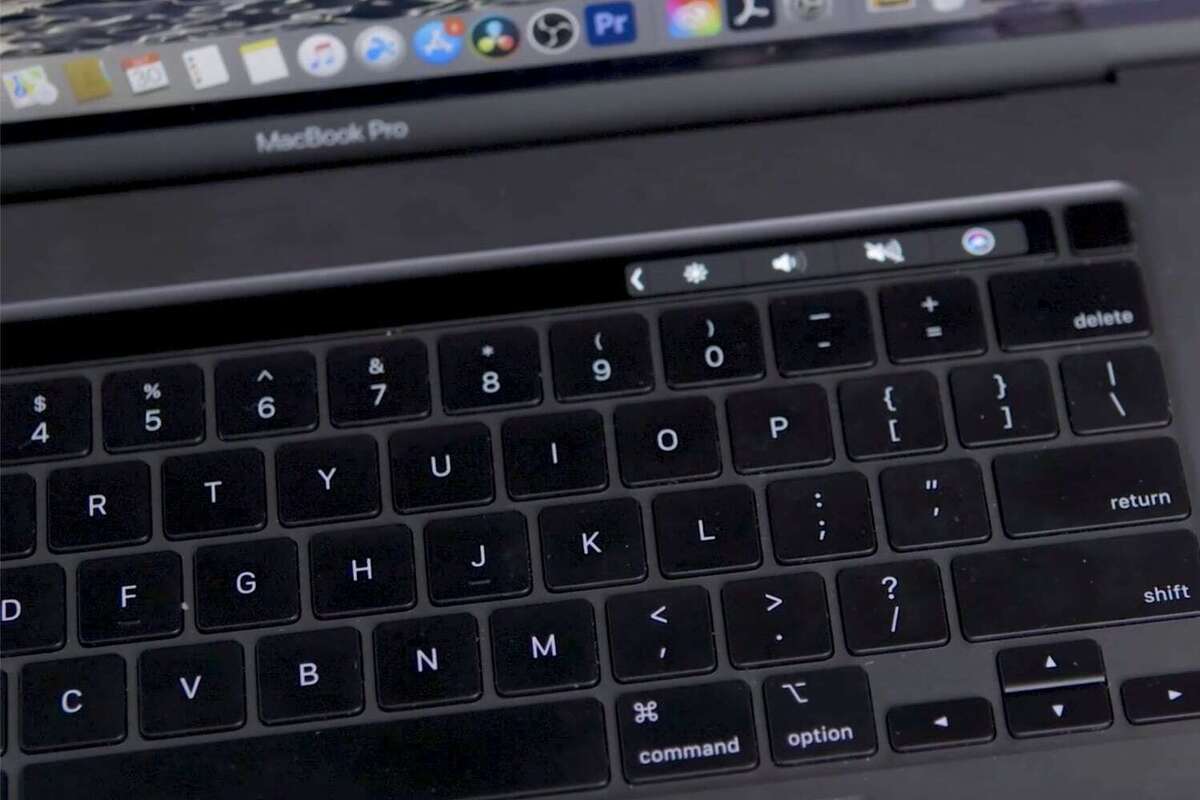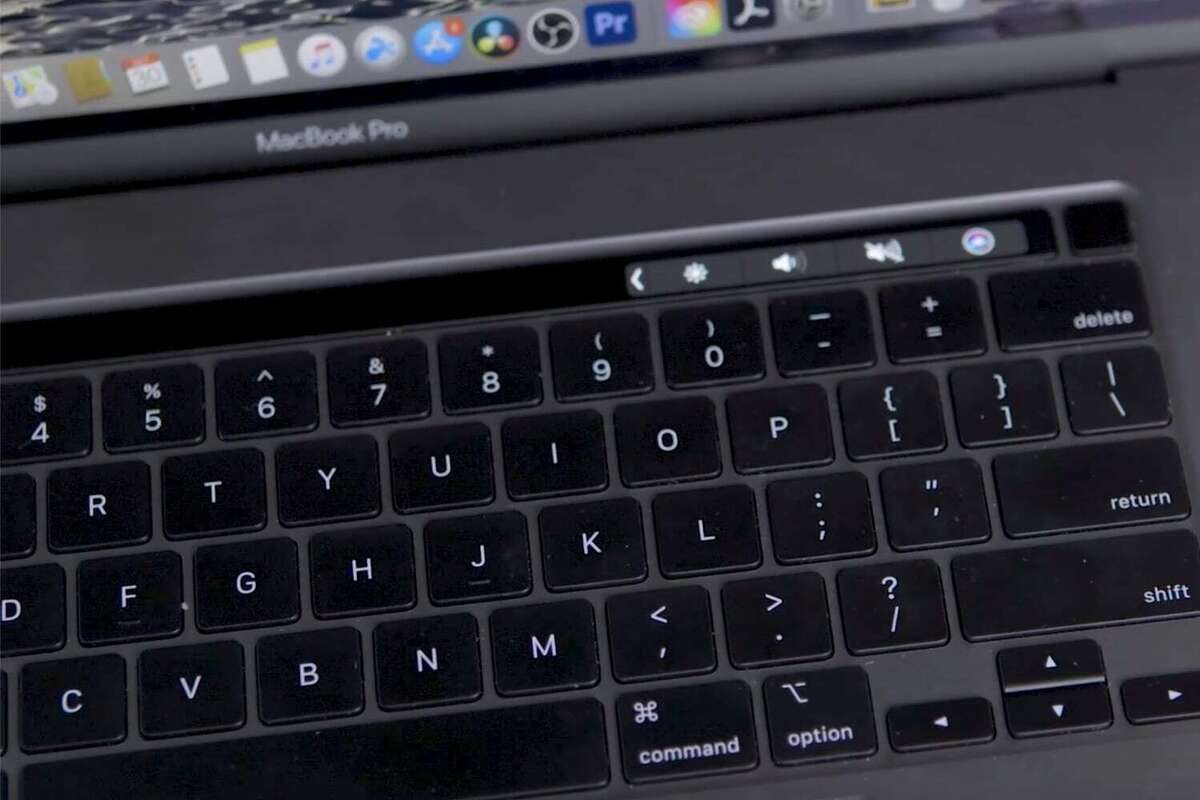
Microsoft is preparing to introduce contextual Teams for Mac meetings controls for the MacBook Pro Touch Bar. Maybe more developers should consider turning the nice-to-have Mac feature into something necessarily useful for their apps.
UPDATE: Microsoft has also published Universal builds of its key Office apps, Word, Excel, PowerPoint, OneNote and Outlook, and announced much more to come.
What Touch Bar does best
With the exception of the applications they use most, Mac users generally seem to ignore the Touch Bar. This is possibly because it’s necessary to spend a little time developing finger memory to use it fluidly, and most of us won’t develop such memory unless we really need to do so, or frequently repeat the same actions.
But on applications we use most often, the Touch Bar is really useful, as (at best) it can provide quick and convenient access to settings and controls that might otherwise be harder to find.
It’s certainly more useful than the Function bar it replaces, which most people hardly ever use, other than F1. And it provides a logical combination of contextual touch controls that fit with the way you use a personal computer.
It means for the applications you rely on most, you get better and easier to access controls — once you get used to them. That’s where Microsoft steps in.
What’s Microsoft doing?
Building on the useful Touch Bar controls offered by other Office applications on Macs, Microsoft recently confirmed it intends to roll out Touch Bar Meeting Controls for Teams on Mac users. This will give those using a Touch Bar-equipped Mac controls for mute/unmute, start/stop video, open sharing tray, open the view participants panel and a raise/lower hand tool. Microsoft says the feature is currently in development and promises to introduce it in January.
The company has several other Microsoft 365 features scheduled for introduction in the next few weeks, including text predictions for Outlook for iOS, several new Teams features, and Microsoft Intune management of user-installed apps.
But what’s really remarkable is how few developers have really engaged with supporting Apple’s innovative Touch Bar system. Beyond the basic controls Apple provides, few developers seem to have grasped the opportunity it provides.
Some of the best Touch Bar apps
There are some impressive illustrations of developers who have come to grips with it. Consider:
Adobe Photoshop
Photoshop’s introduction of slider controls for image editing tools on the Touch Bar should be a poster child for better usability for any app developer.
Pixelmator Pro
The app now lets you switch between tools, customize them, and even give you are cool little preview of filter effects on tiny thumbnails of an image you’re editing on the Touch Bar.
Evernote
If you use Evernote, you gain access to a small but useful array of tools to help you get work done, search through notes, markup, and sort and manage your Evernotes.
Djay
This great app for digital DJ’s (which works like butter through a hot knife on M1 Macs), offers mixing, scratching, playback, sample and many more controls on the bar.
Perhaps one of the limitations is of Apple’s making. Why else are some of the most useful utilities that amplify the potential of the Touch Bar unavailable at the App Store?
Solutions like BetterTouchTool, Pock, or TouchSwitcher all add useful functionality, much of which Apple should think about supporting or acquiring for use in its machines. BetterTouchTool lets you support almost any app using the Touch Bar; while TouchSwitcher makes it so much easier to switch between active applications.
For me, the problem with these apps is that Apple doesn’t host them in its App Store, which means some enterprises may consider their installation a risk, particularly in complex security environmnents.
What Apple is doing
I think it’s fair to say Apple has missed a few opportunities to make the Touch Bar more useful. Take full screen mode; Why doesn’t the Dock automatically drop down to the Touch Bar when in that mode? Why aren’t Menu controls made available there too? (Yes, there’s Control Strip, but why no Dock?) This would be tangibly useful to any user on any application. (It’s also what Pock provides).
But, with occasional exceptions such as Music Memos, Apple tends to stay focused on its inventions in an attempt to get them right.
A recent patent shows it may one day add Force Touch sensors to the Touch Bar at some point. You already have Force Touch on the Mac’s Trackpad and Apple Watch. The idea is that when you commit an action, you receive some haptic feedback and the virtual button you press may perform different actions depending on the pressure you apply.
Why this helps on a Mac is that it will enable the Touch Bar to become a more flexible control interface, which should help you and your business get more done faster than before — particularly as Apple expands its AI integration using the touch bar as a smart space to get tasks done.
Please follow me on Twitter, or join me in the AppleHolic’s bar & grill and Apple Discussions groups on MeWe.



